Ableton vs FL Studio: wondering which one is right for you? If you’re new to electronic music production, these are two of the most popular DAWs – the beating heart of the producer’s studio.
These two are great options (we use both in EDM Foundations), and as someone who has used them extensively over the years, in this guide I’ll help you decide which is better for you. We’ll cover:
For clarity, we’ve broken this article down into five parts.
Remember, there is no universal best DAW, only the one that’s right for you. So, let’s break them down!
Ableton vs FL Studio: Features
The features are every music producer’s favorite part:
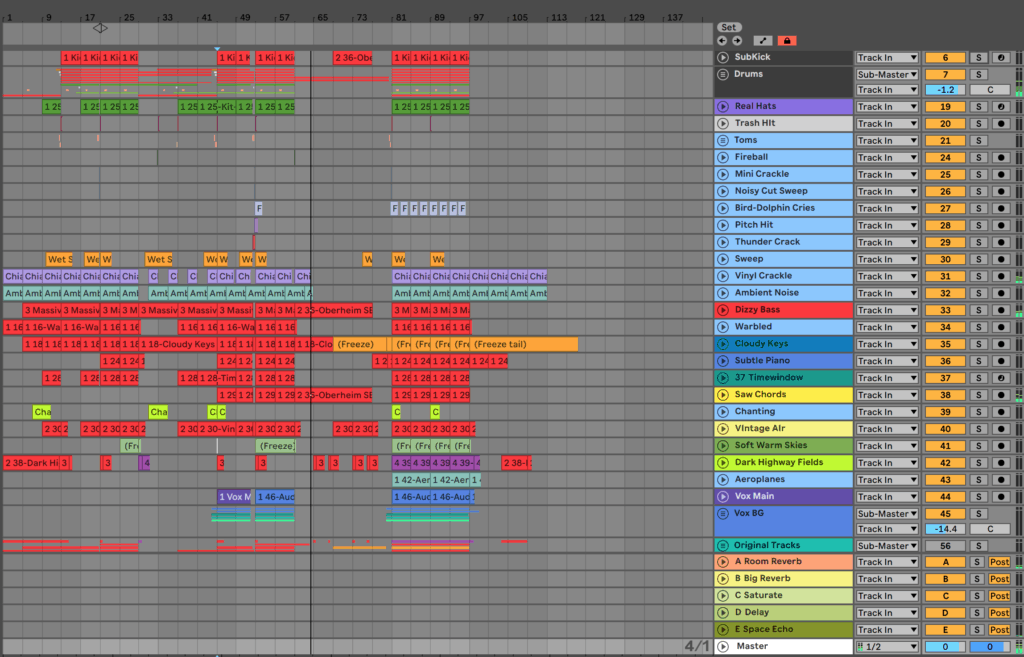
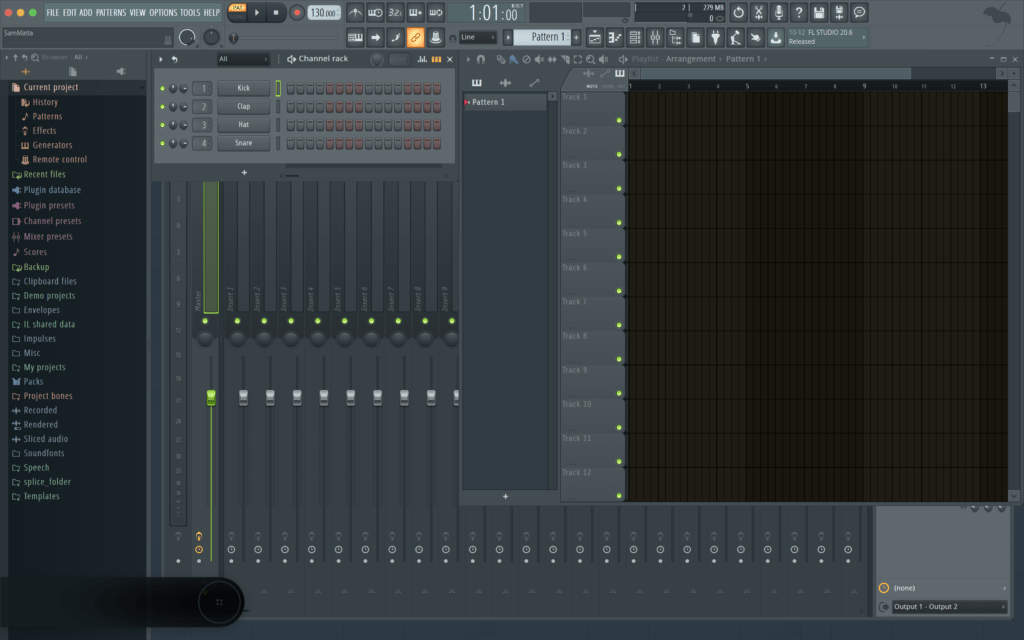
Features are what make music production fun and enjoyable. If you are looking at committing to a DAW, features are a crucial part. Depending on your goals and workflow, different feature sets can make a big difference.
FL Studio: Feature Packed
| Version | Good For |
| Fruity Edition | Writing Loops and Melodies |
| Producer Edition | Fully-fledged software with full export capability |
| Signature Edition | Full software plus extra plugins |
| All Plugins Bundle | All plugins included made by Image-Line |
A killer feature of FL Studio is the versatility of its layout.
Want a mixer and step-sequencer on one monitor and arrangement on another? Easy. Need to see 5 different plugins and the playlist simultaneously? No problem.
The main difference that sets FL Studio and Ableton Live apart is that not all sounds are bound to an individual mixer channel.
It automatically assigns them in version 20, but you can still mix and match so that multiple sounds and instruments can be sent to the same mixer channel.
The same goes for the playlist (i.e. where your song or loop plays). You can assign each sound to a track in the timeline, or you can put patterns wherever the heck you want:

One other major difference between the features of FL and Ableton is the plugins.
Both include an array of instruments and effects, but FL Studio definitely wins in the quantity game. Harmor, for example, is an insanely powerful synth that has years of development behind it. Ableton Live, with instruments like Drift, is only just starting to catch up.
There are also so many damn effects in FL Studio, and it breaks them down nicely into categories when you go to load them in.
You’ve got like 5 different distortions, multiple EQs, and other random FX. Go nuts.

With endless routing options, effects, and sounds, you might be thinking ‘I’ve made my decision now!’ But slow down. Sometimes, less is more
Simple, Streamlined and Able(ton)
| Version | Good For |
| Intro | Basic productions and looping + live performance |
| Standard | Full production and live performance capability |
| Suite | Full production capability with extra instruments and sounds |
Excuse the awful pun, but Live is a solid option if you get overwhelmed with options.
Yes, there aren’t 100 ways to do the same thing with Ableton Live. It to-the-point, and not fussy with sugary interfaces.

Some might say Ableton Live’s layout is less inspiring.
It surely is less colorful, and you’re limited in the amount of things you can display. But if you like focusing on one thing at a time, it’s great.
On the left, you’ll find the browser, like in FL Studio. It’s resizable, but only to a certain degree, and it stays there. Everything is broken down into clear sections, and clearly organized. The detail view (at the bottom) is where plugins, audio, and MIDI editor can be switched between.
And if you need things bigger or smaller, there is always a zoom in the Look/Feel preferences.
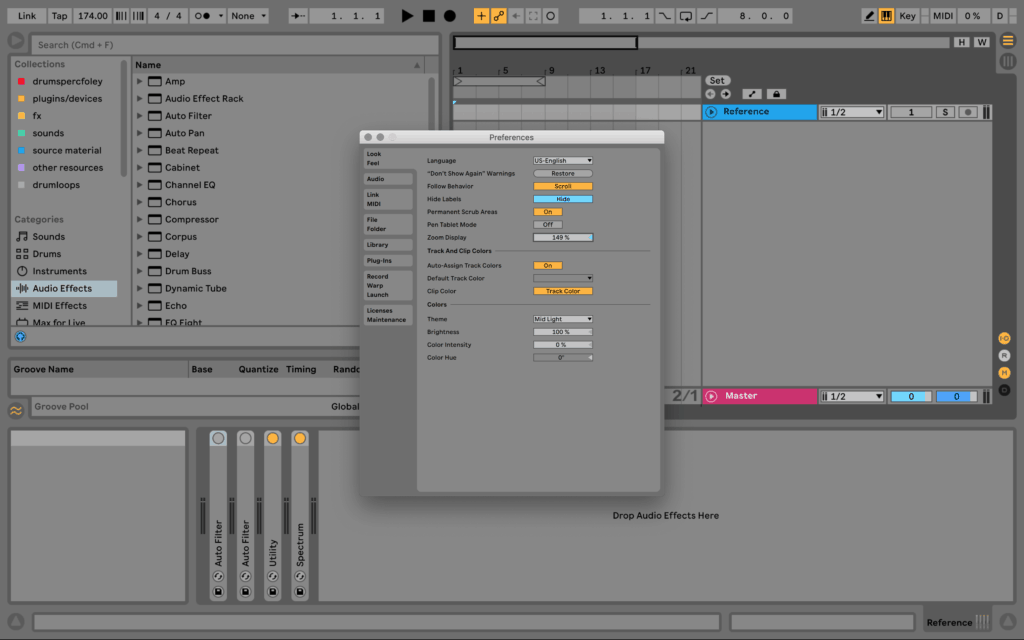
In the plugins/devices department, you get an array of very-capable synths like Operator, Analog, Wavetable (a Serum competitor), and the newer Drift.
Additionally, the Audio Effects in Ableton are really good, with some great analog-inspired devices like Echo, Glue Compressor, and Amp.
Although FL wins at quantity, if you want more curated devices, Ableton takes the cake.
It still also has great features, which you can check out in our video below:
Lastly, one thing that Live can do very well that FL can’t is live performance.
The session view is an amazing tool for live jamming, musical performance, and even DJing.
The Winner
For the number of features and plugins, FL Studio is the clear winner.
They jam-pack their software with so much that you’ll never run out of things to explore, which can be a good or bad thing, depending on your workflow. That being said, Ableton Live still has killer, high-quality features that make it a more than capable DAW.
FL Studio also offers a more flexible interface where clips and plugins can opened, dragged-and-dropped, and assigned more freely. Ableton Live’s architecture is more rigid, which might also suit your workflow better.
Ableton vs FL Studio: Workflow
We’ve already touched a bit on workflow in the previous sections. But let’s dive a little deeper
Workflow is incredibly important but highly personal. Every person has a different way of doing things. And while no workflow is better than another, some will allow you to create faster.
However, the most important thing is that a DAW matches your way of thinking and creating. It needs to enable you to write music seamlessly.
So let’s explore the key differences in workflow in Ableton vs FL Studio.
FL Studio: 10 Ways To Do One Thing
In our first section, we established that FL Studio is the king of features. But this also comes at a cost: a less clear workflow. This is especially true for beginners:

To master FL Studio, the learning curve is quite steep. It requires more time to make it work for you.
FL Studio pretty much runs on the concept of “floating windows”. This means anything you want can be opened and resized to be viewed alongside something else. You can have for example the piano roll, the playlist, and the mixer all opened side by side:

This is the beauty of having flexibility. You can pretty much make FL Studio adapt to any workflow.
This is why FL Studio suits some people so well because they can adapt it specifically to what they need.
The downside however is that things can quickly get confusing. With so many windows open, you can get lost in the sauce pretty quickly when you start out. In Ableton Live, everything is neatly organized. What you lack in flexibility is traded for clarity.
Ableton Is Fast
A common complaint I’ve heard from people switching to Ableton Live is that FL Studio requires too many clicks. Bouncing audio, routing to the mixer, etc… Basic operations sometimes require an unnecessary amount of actions.
If you want a fast, clear, and creative workflow, Ableton wins.
While the device view might annoy some people who like bigger interfaces, the ability to bounce audio within tracks, save effect chains to racks and more makes it worthwhile.
As per the features, the streamlined options make things a lot easier to find. Here are a few highlights:
- FX Chains are visual and don’t require opening plugins
- You can create collections of your favorite samples/racks/whatever without copying the original file
- Racks are very intuitive and can be saved for ease
- Duplicating is easy and you don’t have to switch tools
- Freezing and flattening audio is easy
- Resampling can be done by setting input to Resampling, rather than exporting the whole track
That’s just a few things, but check it out for yourself. Coming from FL Studio, this was a game-changer for me.
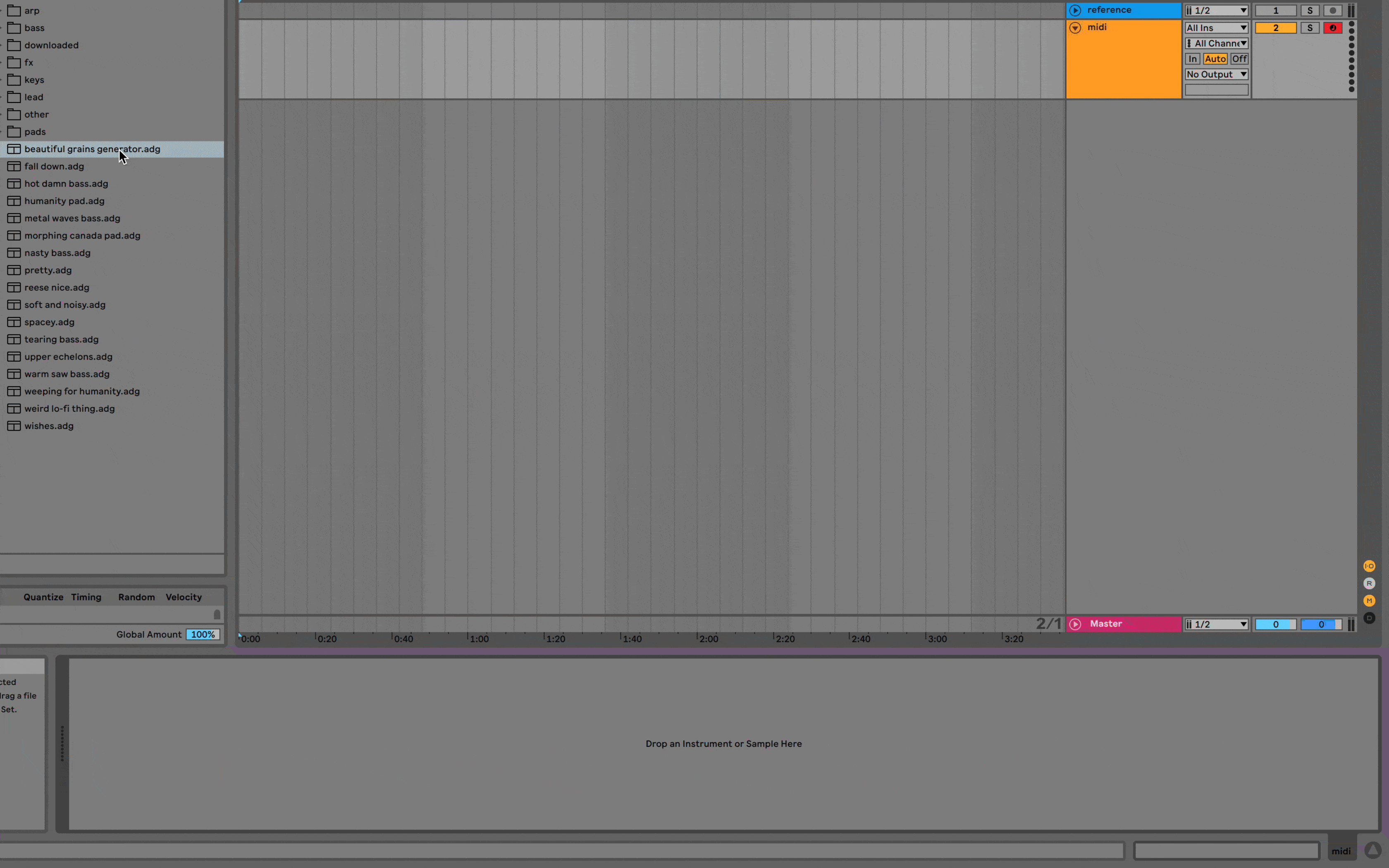
The Winner
For workflow speed, Ableton Live definitely wins this round.
While the workflow is subjective and changes between producers, Ableton’s clear interface and intuitive tools definitely make it a breeze, especially when working with audio. But if you need more flexibility in how you work, FL Studio might be the better option.
Ableton vs FL Studio: Compatibility
There’s no point in using a piece of software if it doesn’t work on your setup. So to avoid getting excited about the wrong DAW, make sure to read this section.
FL Studio’s Mac Compatibility since 2018
Note: This is for the most recent version, FL Studio 21. Check here for full compatibility info.
| Version | Compatible? |
| macOS (64bit) | YES |
| macOS (32bit) | NO |
| Windows (32bit) | YES |
| Windows (64bit) | YES |
| Linux | NO |
FL Studio has worked on Windows very well for a long time. It had a very fluid interface with very nice graphics (and still does, even more so).
Since Mac 10.15 Catalina, Apple has decided to obsolete any 32-bit applications. This is why FL Studio is only available in 64-bit on Mac:

As with most software, however, there is no native compatibility with Linux. But you can use an emulator if you want.
There are a handful of plugins that are not available in the Mac version of FL Studio. However, these are commonly used plugins, so don’t worry too much about it.
Lastly, FL has gotten better on the CPU over the years. The vector interface is super nice and isn’t too much of a burden on the graphics card.
The fancy GUIs can eat up system resources pretty fast, but that can happen anywhere if you are using third-party plugins.
Ableton: Great Compatibility, Infrequent Updates
| Version | Compatible? |
| macOS (64bit) | YES |
| macOS (32bit) | NO |
| Windows (32bit) | NO |
| Windows (64bit) | YES |
| Linux | NO |
Note: This is for the most recent version, Ableton Live 11. Check here for full compatibility info.
Up until Live 10, Ableton supported 32-bit systems. Now they have canned it, which makes sense, but it still might cause issues for some people. If that’s you, make sure to grab a copy of Live 9 instead.
Although they seemed to have ramped up the updates in the last couple of years, any long-term Ableton user will say it’s common to not get a major update for a few years.
Whether this is a good thing or a bad thing is relative. Plus, most of the time their minor updates will do the trick when it comes to glitches or software errors.
Also, all your Audio Units (AU) and VSTs will work with Live just fine. They actually divide them into really nice folders so it’s pretty simple to find what you’re looking for, especially for Audio Units.
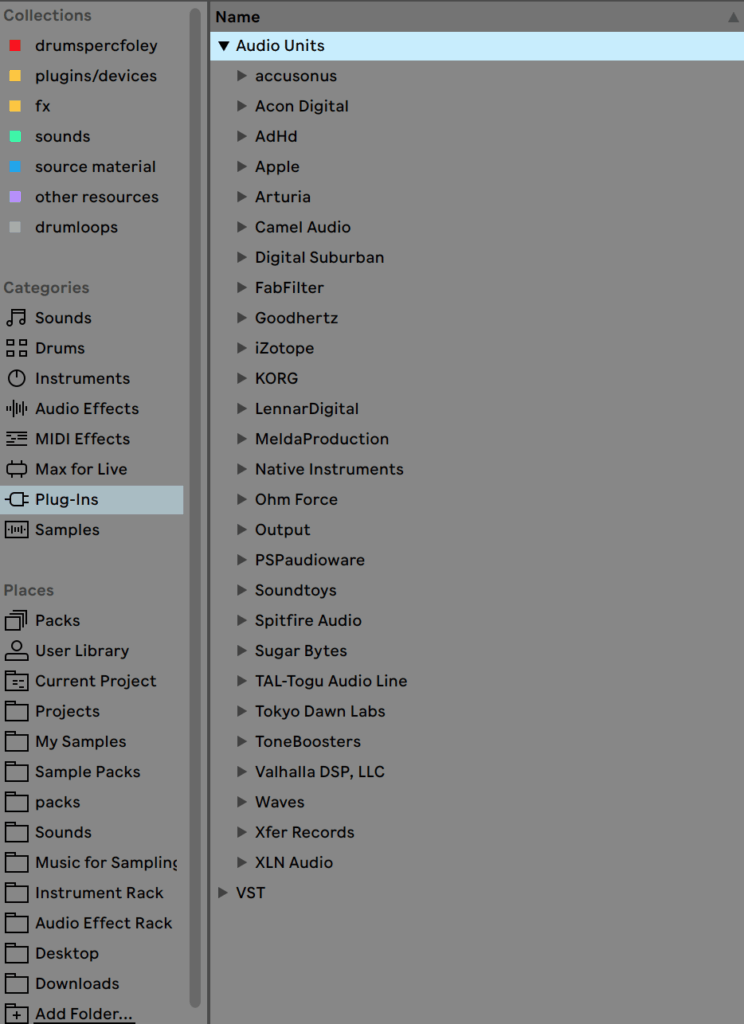
Ableton is pretty good on CPU and system resources, as it is also designed for live performance. But like any DAW, it will be heavy on the CPU if you are using third-party plugins.
If you’re tight on CPU, then it seems FL Studio might be a better option.
The Winner?
In this section, it seems to be a tie.
Although there have been issues in the past, FL Studio now runs comfortably on Mac. A few plugins are not available, but not enough to actually sway the balance.
In terms of plugin compatibility, FL wins that little bit more, because they’ve supported VST3 a lot longer than Ableton has. They now also support Audio Units and VST, which they previously didn’t.
Ableton vs FL Studio: Resources and Support
Learning a DAW is a massive effort, and it’s not easy. In fact, music production, in general, isn’t easy. But having resources helps.
Ironically, p
Here’s what happens when I type in FL Studio and Ableton Live into Google Trends, over the last 5 years:

Based on this, it would seem that FL Studio is the more popular option. This means there probably are more resources to learn it
Quantity of Resources: FL Studio
If you want lots of videos, articles, and support, FL Studio is your best option.
Due to the popularity of the DAW within the electronic music world, it’s got the history and support of a lot of users. It’s also been out longer than Ableton Live.
Most tutorials on YouTube for electronic music and hip-hop are done in FL Studio. So searching for how to do something will usually give you a tutorial in FL Studio, like how to recreate a certain sound, or make a certain genre.
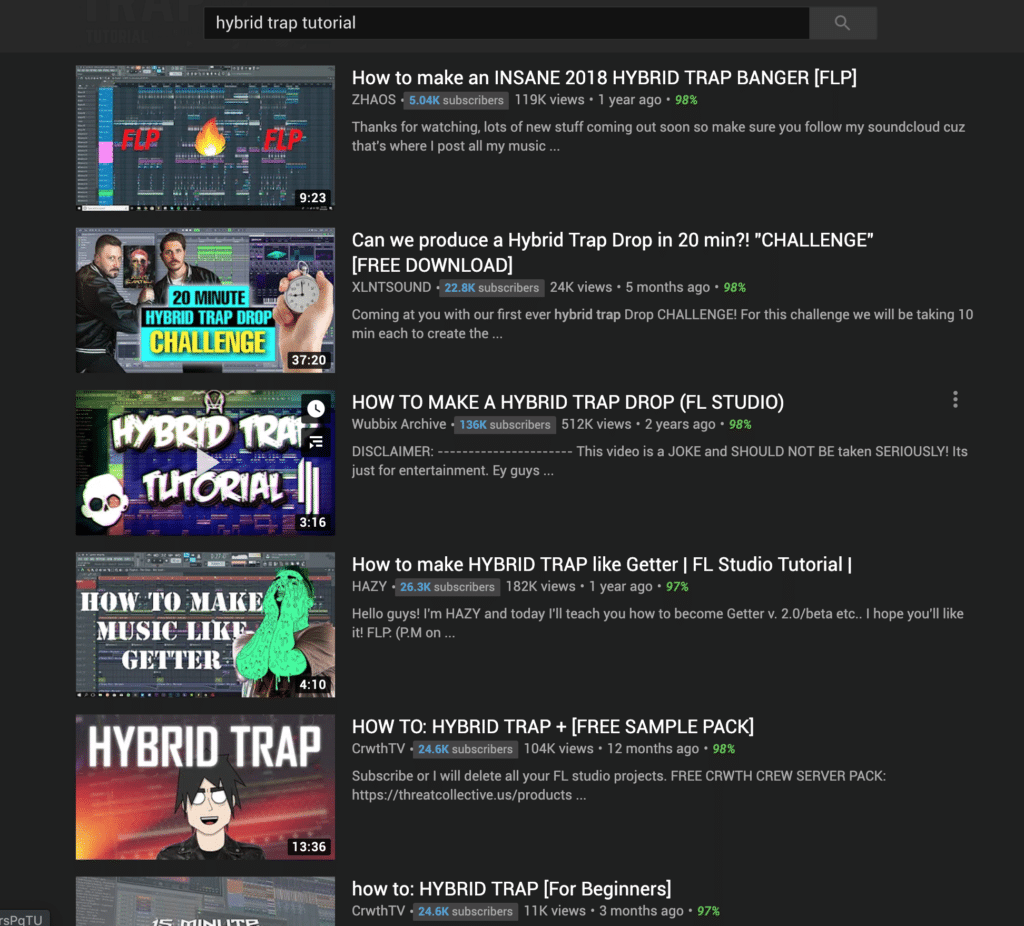
However, I’ve noticed that more in-depth and advanced techniques are mostly covered in Ableton Live.
Search for example how to do parallel processing or the ideal mastering chain, and you’ll get Ableton Live videos.
Both DAWs feature a high-quality help section too.
However, I do feel FL Studio’s one goes a bit more in-depth. Some Help Sections for Ableton Live are a bit too surface-level to my taste. On the other hand, Ableton Live’s in-built Help Windows is much more detailed than FL Studio’s:

Quality of Resources: Ableton Live
Ableton might have fewer resources, but what it does have is high-quality resources, especially in the way of YouTube tutorials.
The Ableton team has a great YouTube channel with examples and guides to help you. Plus, 90% of our courses are done with Ableton Live.
They also have a great, comprehensive yet simple manual available for free. In fact, it’s probably one of the best manuals available for any product or service I’ve seen – period.
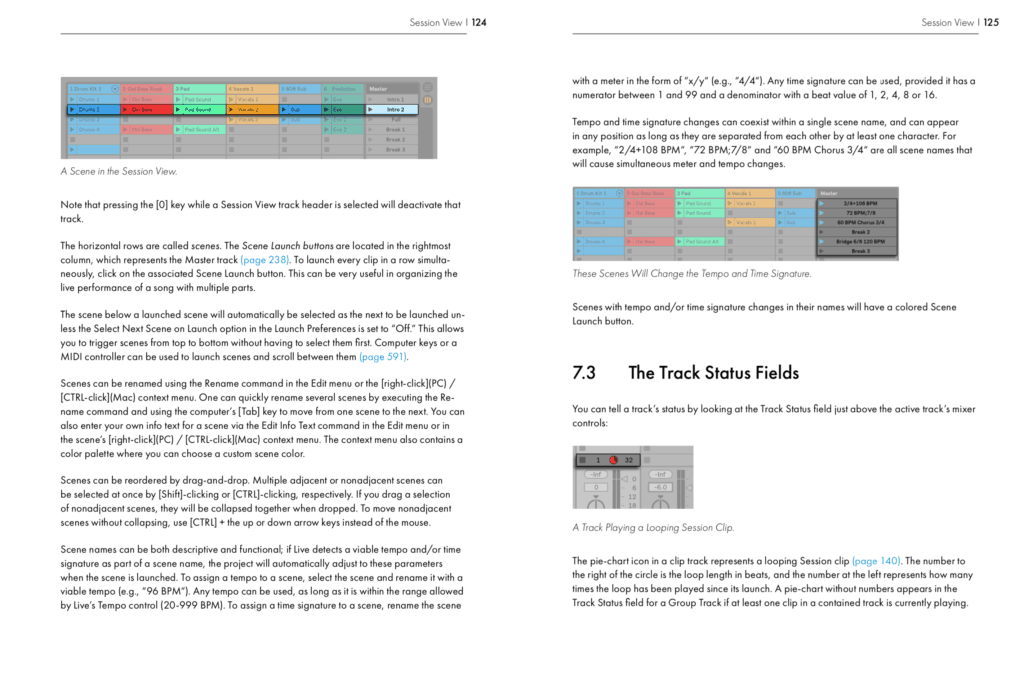
Ableton customer support is also pretty nice, although I haven’t needed to use it much, to be honest. In addition to educational resources, Ableton has great racks, clips, and project files available for purchase or download across the web.
The Winner
In terms of the sheer amount of resources, there is a clear winner.
FL Studio.
Especially when you start, the amount of beginner tutorials for FL Studio is staggering. However, as you progress in your production journey, you’ll easily find Ableton Live tutorials as well.
Ableton vs FL Studio: Price
You might be asking, why did you leave pricing to last?
Before looking at the price, know that the DAW you choose is a long-term investment.
You might be tempted to make the decision on price alone, but consider what suits your workflow style. Originally I tried out FL Studio because it was cheaper. And that was a mistake.
While the opening price of Ableton is comparable to FL Studio, the ‘main’ version (Ableton Standard) is a lot more expensive:


Over double the price of FL Studio’s Producer Edition in fact. Now if you’re on a budget, Ableton Standard might be out of the question for you, solely based on that.
But one thing you don’t get with Ableton Live is free lifetime updates.
Of course, minor updates you will get, but for major version updates, you’ll be forking out
With FL Studio, you get a cheaper, feature-packed product. It doesn’t make sense, but FL Studio is insanely good value for money. The Producer Edition especially, at $199, is an absolute bargain for pro-level software.
Although the All Plugins Bundle is just that bit more in comparison to Ableton Live Suite, in all other areas FL Studio wins on price. Best of all, FL Studio provides free lifetime updates.
Yep, that’s right. Forever. Ableton can’t even compare to that. Plus, FL Studio seems to have slightly more consistent updates.
The Winner
The obvious winner in this section is FL Studio by a country mile.
$199 USD for a full version (Producer Edition) is pretty much nothing compared to $499 USD for Ableton Standard.
Ableton vs FL Studio: The Verdict
So who wins overall?
Trick question.
At the start, I said that there is no ‘best DAW’ and that still holds true. Both have pros and
This is why we HIGHLY recommend you try out the trial versions.
FL Studio provides a time-unlimited trial version, with all plugins available. You can save and export projects. The only downside is that you cannot re-open a project while using the trial version:

Ableton Live on the other offers a 30-day trial version. However, this version is a fully-fledged Suite edition, where a project can be re-opened at will:

In any case, we recommend you download and install both DAWs. Play with each for a few weeks, and you’ll quickly find out which one feels more natural.
If I had to provide a recommendation, I would say that:
- FL Studio is for the producer who likes to customize everything
- Ableton Live is for the producer who likes a fast workflow.
Still not sure what to choose? Check these other guides we have on FL Studio:
And on Ableton Live:
That’s It for This Guide on Ableton vs FL Studio 
Well, if you are inspired to grab a demo or go off testing these bad
But you’ll also need more than just a DAW – you’ll need samples, sounds, and helpful guides.
That’s why we put together our free EDM Starter Kit, jam-packed with high-quality samples, presets, and some of our best PDF resources here at EDMProd.
Also, choosing a DAW is probably one of the most important decisions you will make in your production journey, so choose carefully.
Switching later down the track is possible, but it’s more difficult and is avoidable.
Lastly, what did we miss about Ableton or FL Studio? Let us know in the comments or by dropping me a line at [email protected].





